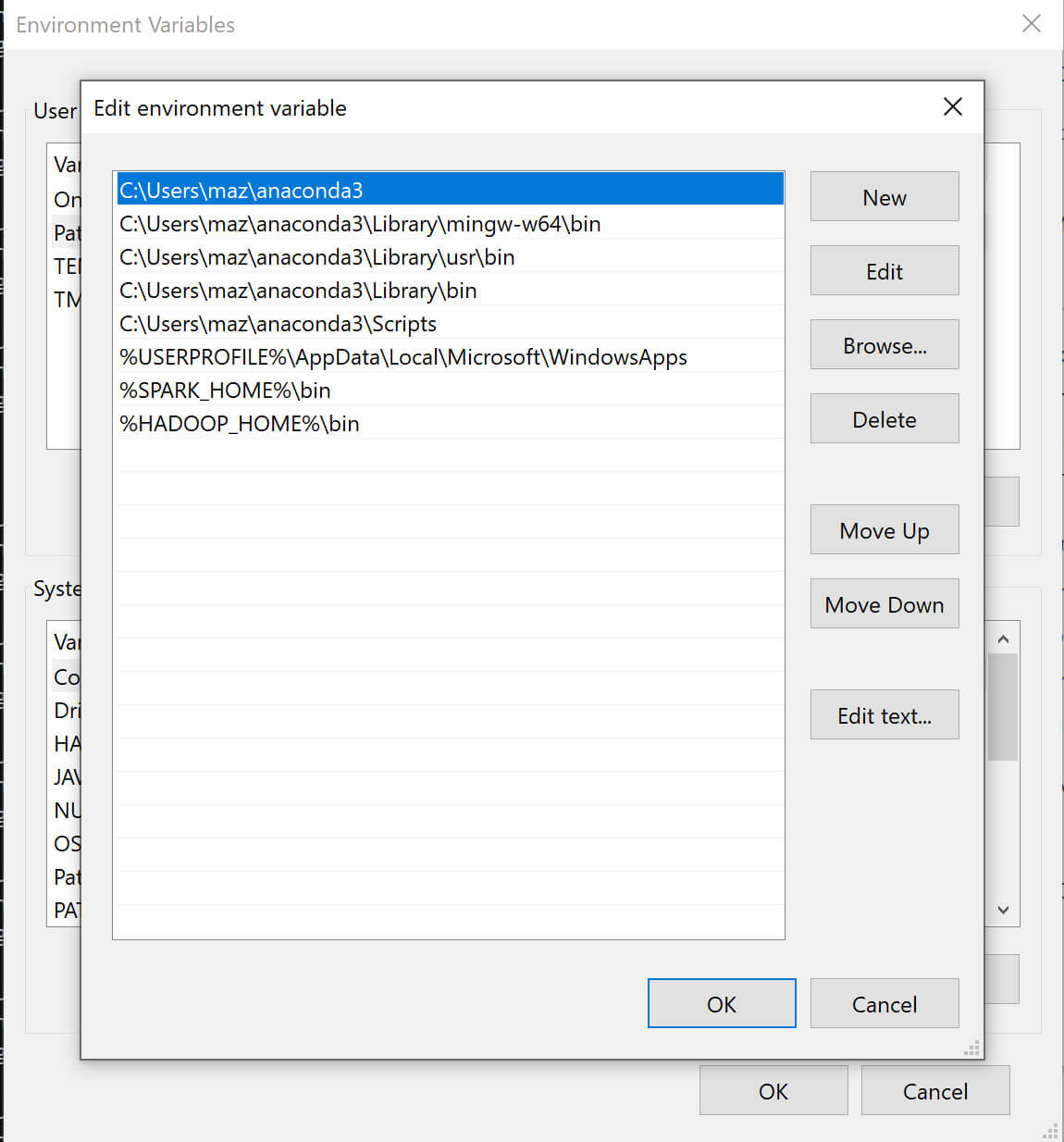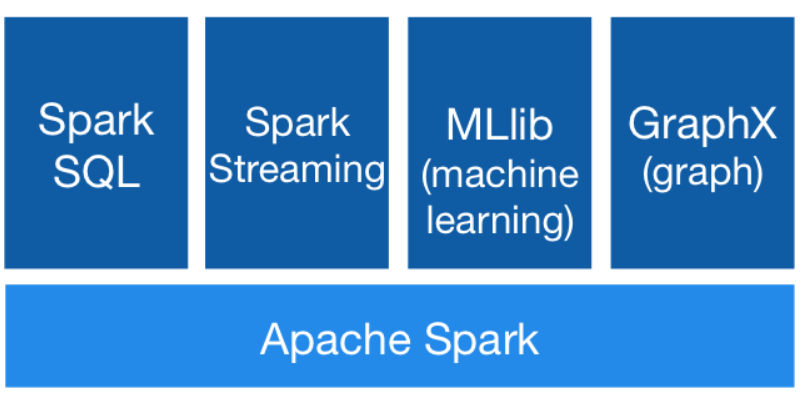

- INSTALL SPARK ON WINDOWS JUPYTER NOTEBOOK PIP PYSPARK INSTALL
- INSTALL SPARK ON WINDOWS JUPYTER NOTEBOOK PIP PYSPARK UPDATE
- INSTALL SPARK ON WINDOWS JUPYTER NOTEBOOK PIP PYSPARK WINDOWS 10
I have used 2.2.0 pre-built for this tutorial.
INSTALL SPARK ON WINDOWS JUPYTER NOTEBOOK PIP PYSPARK INSTALL
You should see the following output: openjdk version "1.8.0_131" OpenJDK Runtime Environment (build 1.8.0_131-8u131-b11-2ubuntu1.17.04.3-b11) OpenJDK 64-Bit Server VM (build 25.131-b11, mixed mode) Step 2: Install Sparkĭownload Spark. Test your Java installation typing: $ java -version

INSTALL SPARK ON WINDOWS JUPYTER NOTEBOOK PIP PYSPARK UPDATE
Go to your Terminal and write the following commands: $ sudo apt-get update

My recommendation is going with Open JDK8. Note: you will have to perform this step for all machines involved.
INSTALL SPARK ON WINDOWS JUPYTER NOTEBOOK PIP PYSPARK WINDOWS 10
I have not seen Spark running on native windows so far.įor this tutorial I have used a MacBook Air with Ubuntu 17.04 and my desktop system with Windows 10 running Linux Subsystem for Windows (yeah!) with Ubuntu 16.04 LTS.

The cluster manager in use is provided by Spark. It just mean that Spark is installed in every computer involved in the cluster. A computer can be master and slave at the same time. They process chunks of your massive datasets following the Map Reduce paradigm. Slaves: these are the computers that get the job done.It distributes the work and take care of everything. Master: is one of the computers that orchestrate how everything works.What is a Spark cluster and what does ‘standalone’ mean? Spark clustersĪ Spark cluster is just some computers running Spark and working together. Anyway you will need little knowledge about Spark’s internals to set up and run you own cluster at home. How Spark works internally is out of the scope of this tutorial and I will assume you are already familiar with that. Fault tolerance: you must be able to recover if one of your computers hangs in the middle of the process.Parallel computing: you use not one but many computers to speed your calculations.Spark gives you two features you need to handle these data monsters: Even with a powerful computer it is crazy. Now think that you have to process a 1Tb (or bigger) dataset and train a ML algorithm on it. You will probably load the entire dataframe using Pandas, R or your tool of choice and after some quick cleaning and visualization you will be almost done with no major hassles related with computing performance if you are using a proper computer (or cloud infrastructure). Why do you need something like Spark? Think for example about a small dataset that fit easily into memory, let’s say some Gb maximum. Spark is a framework to make computations with large amounts of data.


 0 kommentar(er)
0 kommentar(er)
